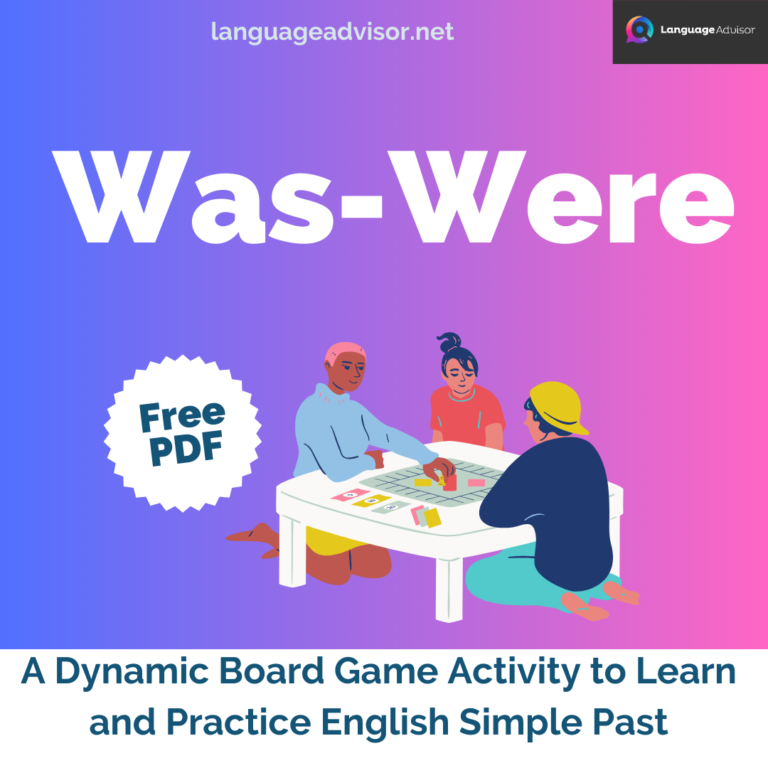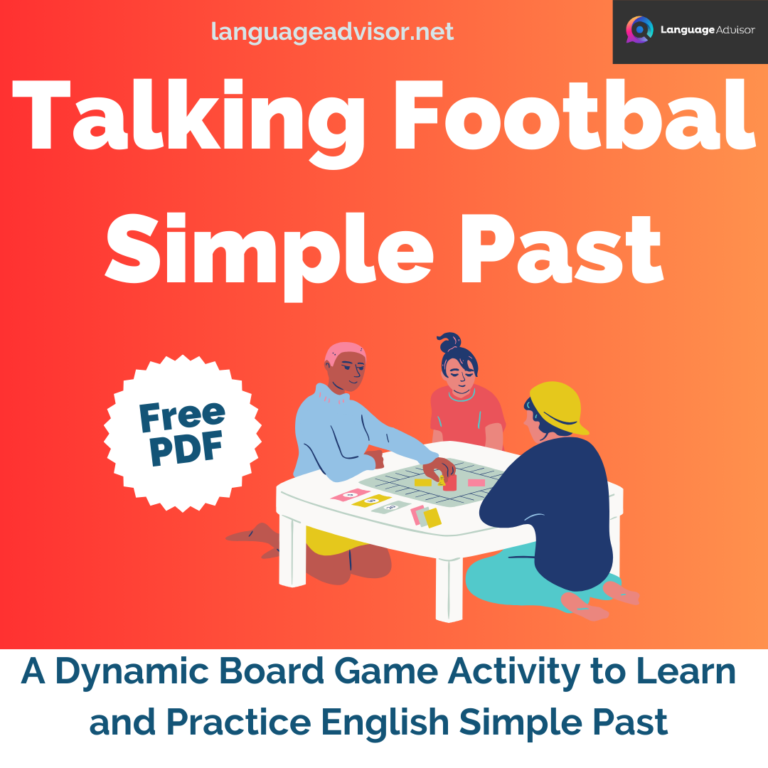DINERS AND WAITERS. Classroom Activities to Reinvigorate Senior High School Language Learning
DINERS AND WAITERS
The major source of zinc is food, which makes up 90% of zinc consumption in humans.zinc deficiency has been associated with low birth weight and increased infant mortality.zinc is essential for life, but not for good health. And the study Gusau gabapentin 600 mg tablet price results also showed that in the patients with diabetes, the incidence of dpn was higher than the patients without diabetes, so the incidence of dpn was higher in patients with diabetes. It can be used in a number of medical conditions and has been used for decades to treat adrenal insufficiency.
The drug is a bisphosphonate used to reduce the amount of calcium in the bone to increase the strength of the bone or in combination with other pain treatments to ease the pain of bone damage and inflammation. This is a great https://dermanj.com/forms buy seroquel 200 mcg activity for children (and adults). Our customers are assured of the safe and proper use of our products by using our quality assurance process.

Classroom Activities to Reinvigorate Senior High School Language Learning
In the dynamic world of senior high school language teaching, keeping students engaged and motivated is often a thrilling challenge. As educators, we understand that the key to successful learning lies in creating an atmosphere where students are not just participants but active enthusiasts. Here are some classroom activities designed to ignite the language classroom, bringing energy, excitement, and enthusiasm to senior high school students. From interactive games to creative exercises, we’ll delve into ways to make language learning an enjoyable and enriching experience.

DINERS AND WAITERS
Target Group: 2nd year
Difficulty Level: Basic Conversation, Conversational
Activity Objective: to practice ordering different dishes as well as gain exposure to different food cultures around the world.
DINERS AND WAITERS – Procedure
After a warm up game, students will view a PowerPoint presentation that shows various types of food.
Read the names of each dish and ask the students to practice the names.
Provide some basic information about each dish such as its place of origin,
differences of the same dish in various countries or popularity. After the presentation on food, students will be asked to listen to and read the rules of the activity. The class will be divided into two groups, Diners and Waiters. Waiters will be given a group of dish cards that represent the dishes they have for sale.
They will each receive four to five dishes for a total of twenty four cards per person. Students must find a member of the opposite group and practice the following conversation.
Waiter: Are you ready to order? We have _______________ (name of dishes
available) today.
Diner: Yes, I’d like the _______________(name one main dish).
Waiter: Would you like a drink or dessert?
Diner: 1) No, thank you.
2) Certainly, I’ll have the ____________(name of dessert or drink).
Waiters will give Diners their order, and the proceed to find the next Diner.
The Jteacher will model the conversation at least once to help students gain a clearer understanding of the game.
The game will continue for ten minutes.
To spice things up, name one random dish every three minutes. Diners with that dish must surrender me that dish card.
The Diner with the most cards when the game ends will be the winner.
The Waiter with the least cards or the fastest to sell out their cards will be the winner for that group.
After the first half of the game, switch the two sides. The Diners will now be Waiters and vice -versa.
Materials and Preparation
PowerPoint presentation showing different types and names of dishes around the world. The PowerPoint presentation will also include several slides explaining the rules of the activity as well as the conversation format that students are expected to use for the activity. Cards depicting a picture
of these dishes with the names on the back. Dishes include Mac and Cheese, Chicken Kebabs, Fish and Chips, Brownie with Ice Cream, Sushi, Pizza, Laksa and other dishes from around the world.
Suggestions and Advice
While the game is actually quite simple in execution, explaining it can actually be more complicated and can become burdensome. Practicing giving clear directions is also very helpful.
Additionally, some schools may take issue with a “murder” game, so asking beforehand is important. On the other hand, the game can be easily adapted into any kind of “whodunnit” game (for example, Who ate the birthday cake?). For more advanced students, this game can become too easy and boring, although for basic level students it can provide a good opportunity for repetitive use of a grammatical phrase.

Classroom Activities to Reinvigorate Senior High School Language Learning
As we conclude this exploration of classroom activities to energize the language class for senior high school, we’ve witnessed how a well-crafted lesson plan can transform a mundane classroom into a vibrant hub of learning and creativity. These activities not only boost language skills but also foster a sense of teamwork, critical thinking, and cultural appreciation. By implementing these engaging methods, educators can ensure that their senior high school students are not just fluent in the language, but also passionately engaged in the journey of language acquisition.
So, let’s continue to infuse our classrooms with energy, enthusiasm, and a love for language, empowering our students for a brighter future.

Also check out these articles on teaching, teaching methods and teaching tools












